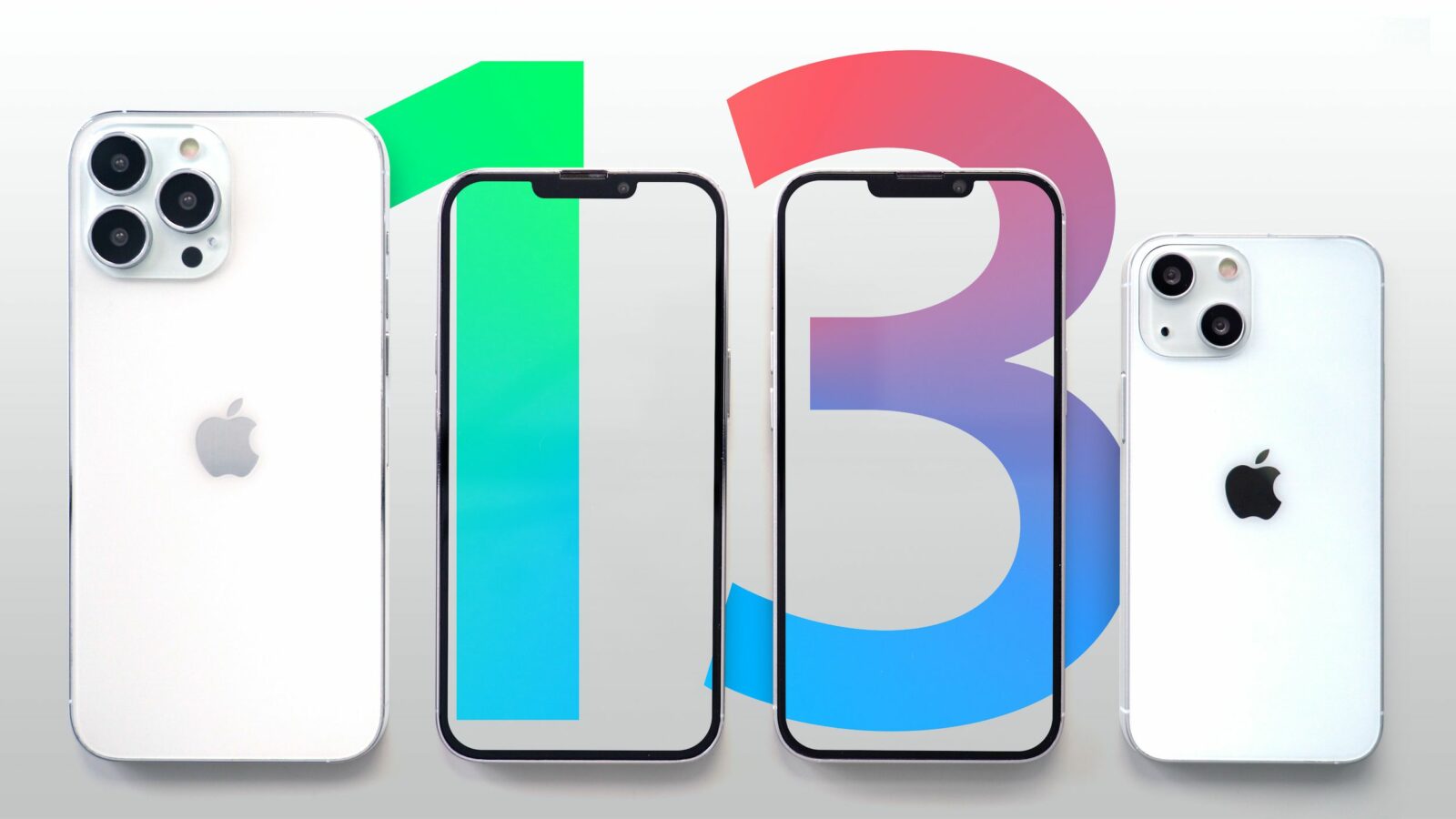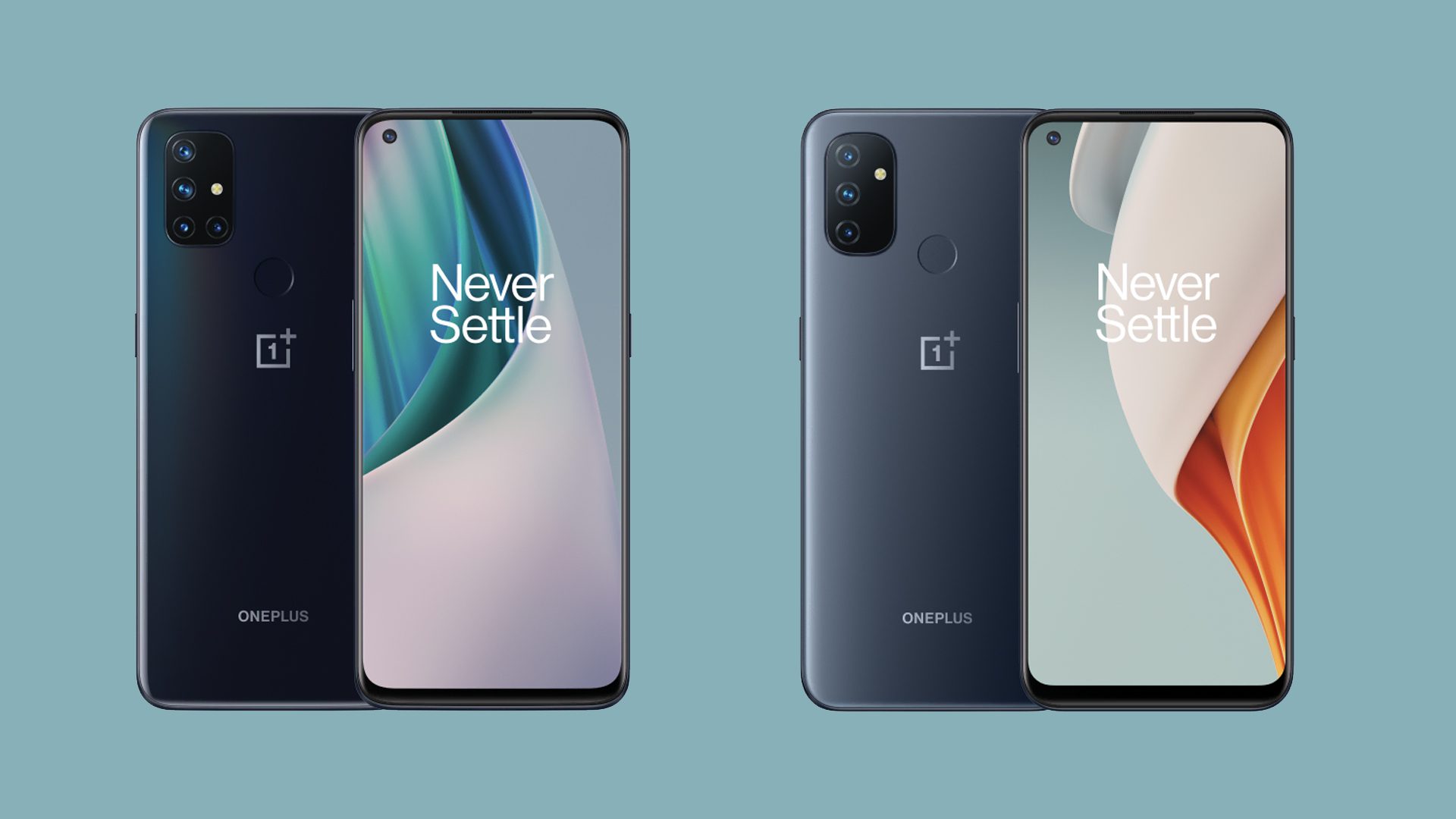The new iPhone will soon be released to the market, and we all have a question: is it worth it? iPhone 13 is bound to come with new features and a new design, but more and more people choose iPhone 12 or iPhone 11 instead of the new one. We’re here to tell you if the new phone is worth our money.
iPhone 13 will be released in September. Here’s all you need to know about it.
There will be four models
iPhone 13 will come in four models:
- iPhone 13
- iPhone 13 mini
- iPhone 13 Pro
- iPhone 13 Pro Max.
It will be thicker
According to some sources, iPhone 13 and iPhone 13 Pro will be 7.57mm thick. In comparison to the 7.4mm of the iPhone 12, it’s not that big of a deal.
Camera bumps will also be different. iPhone 13 will come with a bump of 2.51mm, and the 13 Pro’s, with 3.56mm.
The prices are similar
Since there are no significant changes, the iPhone 12 will probably cost around $799. Apple may also lower the price, as its industry colleagues, Google and Samsung, did in 2020. But nothing’s sure yet.
Better refresh rates
iPhone 12 refreshes at 60 framers per second, but there are others – Galaxy S21 and OnePlus 8, that refresh at 120Hz. Rumour has it, iPhone 13 will get a 120Hz refresh rate. Your experience would be better. It would feel faster and smoother when scrolling through apps and websites.
Better cameras
iPhone 12 came with a selfie, a regular and an ultrawide camera. It also had night mode for photos on all three and improved HDR mode, a 2.5x zoom, and a telephoto lens.
iPhone 13 will come with upgraded cameras. There may be a periscope camera added, which is bound to improve zoom. An improves ultrawide-angle lens was also rumored to be added for night mode photos.
As of now, we are waiting for an official statement from the company.













Leave a Reply